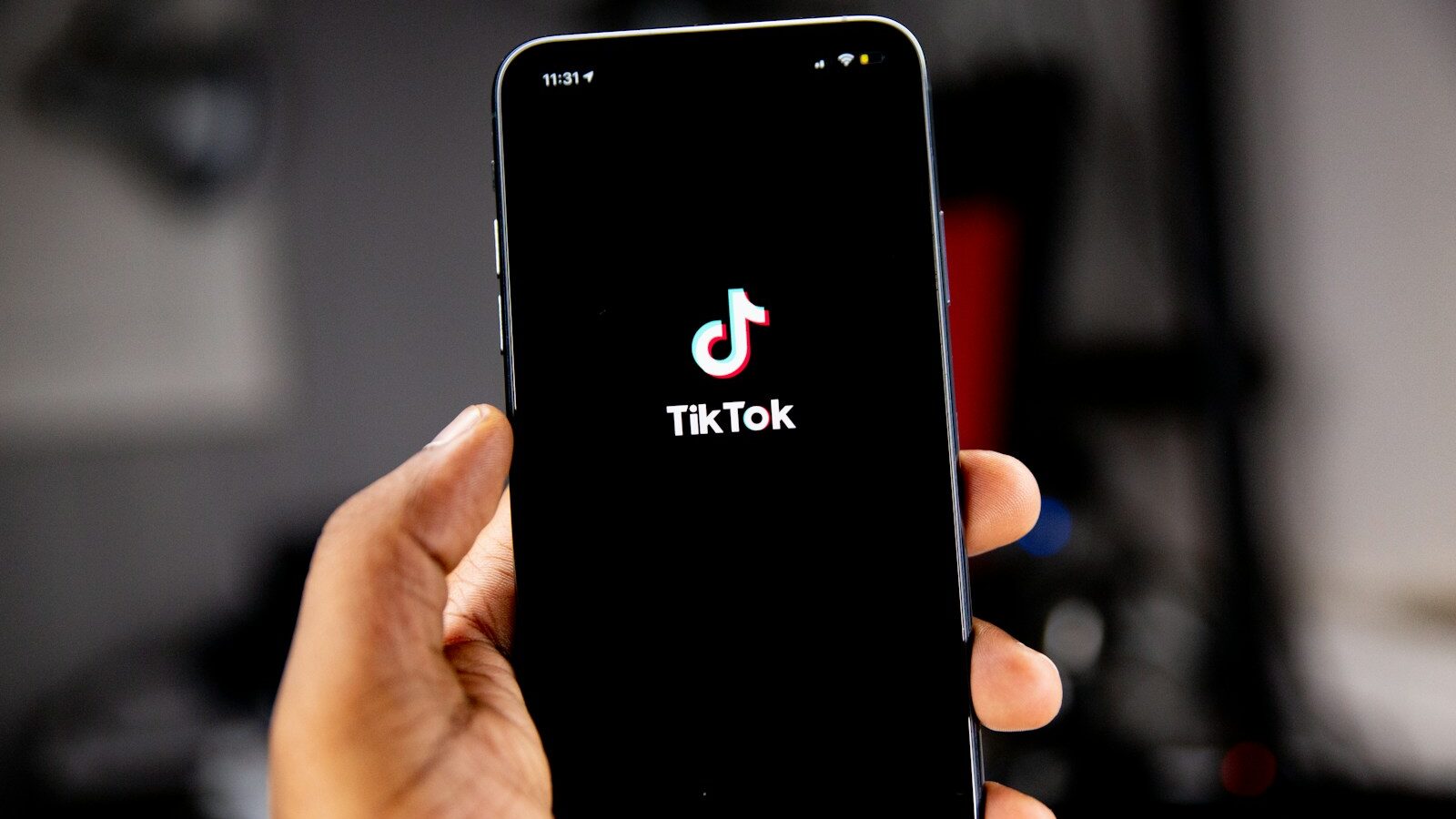Recent data from more than six million employee surveys sent out by Glint customers worldwide shows that the relationship between an employee’s sense of ‘belonging’ and their overall ‘happiness’ has increased by 12% over the first three months of lockdown.
At the same time, 73% of organisations we spoke to have seen an uptick in their belonging scores since the last outreach they conducted prior to Covid-19, with 31% seeing increases of five, or even more points.
This increase suggests it is even more important for employees to feel a clear sense of belonging. Notably, when looking at rankings of topic frequency, ‘culture’ displaced ‘career opportunities’ as the most common topic of comments on the belonging question.
When people think, ‘Do I feel like I belong here?’ there’s a definite, salient sense of community that you as an HR leader need to be aware of and nurture. Key to this is ensuring everyone feels part of the organisation. But not everyone feels like they belong. The nonprofit US Center for Talent Innovation has found that White men have the highest median ‘belonging’ scores of any gender or racial group, but Black and Asian women are scoring the lowest.
Developing a sense of belonging is a real challenge. It’s far easier for management to create new jobs or promote individuals than it is to overhaul a culture, which many corporations spend years trying to cultivate.
It’s only by leaders stepping up that employees and managers feel comfortable with embarking on potentially polarising conversations and discussions.
Businesses also must not overlook the global unrest about racism, which culminated in the recent Black Lives Matter protests, including in the UK. Organisations face the challenge of both effectively supporting their employees during this charged historical moment and figuring out how they can take action to address the systemic problems identified by the BAME community.
We know that people cannot do their best work or bring their best selves to work if they do not feel seen, heard and valued. It’s vital that organisations listen to the voice of their people and take proactive steps to help their teams have authentic, open conversations – and take tangible steps toward creating a more equitable workplace, and indeed, society.
Time to get out of your personal comfort zone
That’s a real challenge. Especially as we’ve all been socialised to believe it’s best not to discuss topics such as religion, politics, race and other sensitive topics.
But the growing body of research around psychological safety, engagement and inclusion has moved the conversation from should we talk about these topics at work to how we can arm ourselves with the competencies to make these difficult conversations happen naturally and successfully. Leaders need to get comfortable with the discomfort.
A safe space for uncomfortable conversations
Managers need to create a space for these conversations, as they will promote active listening, shared understanding and connection. One of our UK customers, Sky, for instance, uses special online forums to help on this front. Sky employees – elected by their peers across every single team – meet throughout the year with the organisation’s most senior leaders to capture genuine front-line perspectives on stereotyping and assumptions about staff, for example.
Diversity and inclusion is not only the Chief Diversity Officer’s responsibility. It’s the responsibility of all employees – leaders or not.
We suggest following Sky’s lead. A great first step here is arming your managers with prompts and guides to help navigate these conversations. Foster a better understanding of yourself, and others. Seek to understand the issues and experiences of the BAME community. Why do you believe what you believe and why do others believe something different? Then, acknowledge your own feelings and reactions and the role you have played and need to play in the future.
Leaders and managers at all levels have a responsibility to acknowledge what’s happening, so team members can be seen and their experience can be shared. Really, it’s only by leaders stepping up in this way that employees and managers feel comfortable with embarking on potentially polarising conversations and discussions.
[cm_form form_id=’cm_65a14c3f5da64′]
Where are you on your diversity and inclusion journey?
Another aspect of this is the importance of empowering managers with good data. That can be really useful in terms of informing these conversations. A survey at an appropriate moment on your diversity and inclusion journey can be a good input for ensuring you are collecting feedback at scale to see where action might need to be taken to improve things.
If you already have a scheduled survey upcoming (in these challenging and rapidly changing times, we recommend a monthly frequency, by the way), revisit it to ensure every question still feels relevant and you are also covering important aspects of inclusion and belonging.
If you don’t have a short survey or ‘pulse’ scheduled in the next couple of weeks, consider adding one to check in with your people on this and other topics related to navigating times of crisis and distress.
Diversity and inclusion is not only the Chief Diversity Officer’s responsibility. It’s the responsibility of all employees – leaders or not. Be honest and transparent about where you are with diversity in your organisation and what progress needs to be made.
We know conversations about race have historically been avoided in the workplace. But now is the time to get uncomfortable and create joint accountability for progress. We can’t pretend to have all the answers, but we do know that listening to and responding to employee feedback and having ongoing conversations about things that matter, is what really matters right now.
Interested in this topic? Read ‘Three ways to develop a sense of belonging in the workplace‘.








